40 Mind-Blowing History Facts You Didn't Learn in School | FactsLook
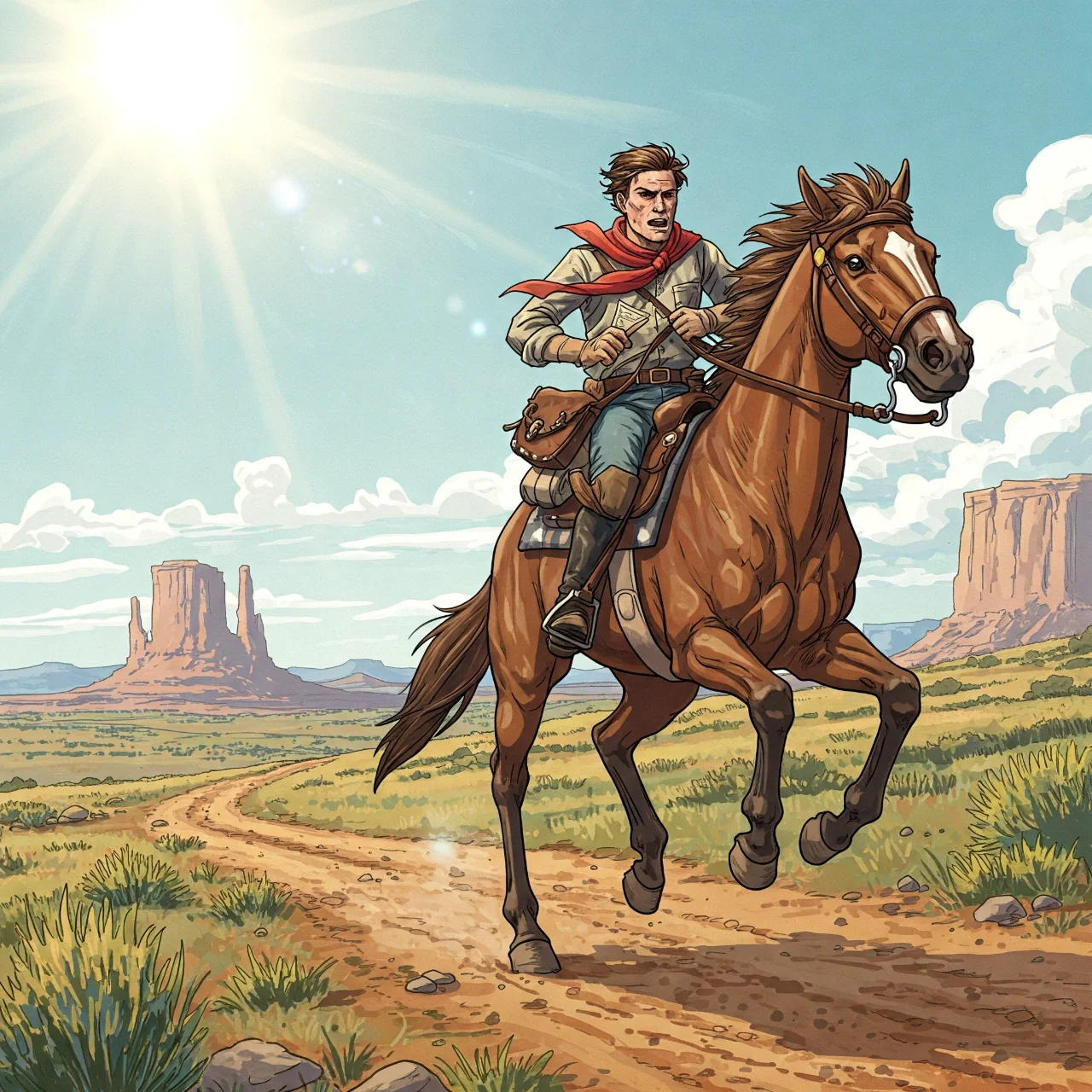
Uncover 40 fascinating historical facts, surprising past events, and little-known history tidbits. Expand your knowledge with FactsLook's captivating listicle!
The Great Emu War (1932)

Australia literally declared war on emus in 1932! Faced with crop-damaging emu populations, the military was deployed with machine guns. It was a comical failure; the emus proved too agile, leading to a withdrawal and a significant public relations embarrassment. A truly bizarre historical event demonstrating nature's resilience.
Purple Was Once More Valuable Than Gold

In ancient times, purple dye was incredibly expensive, derived from sea snails. It took thousands of snails to produce a single gram! Reserved for royalty and the elite, purple became a symbol of immense wealth and power, routinely exceeding the cost of gold. This is why purple robes were associated with emperors and kings.
Romans Used Urine to Whiten Teeth
Forget modern toothpaste! Ancient Romans believed urine – specifically, human or animal urine – had whitening properties due to its ammonia content. It was a common practice, though undeniably unpleasant by today’s standards. This bizarre dental hygiene practice demonstrates differing beauty standards throughout history.
Rasputin’s Resilience to Poison and Shooting
Grigori Rasputin, the mystic advisor to the Russian Imperial family, survived multiple assassination attempts. He first ingested cyanide-laced food and wine, then endured multiple gunshot wounds. He finally succumbed to drowning, highlighting his extraordinary resilience and raising questions about his possible madness or supernatural strength.
The Dancing Plague of 1518
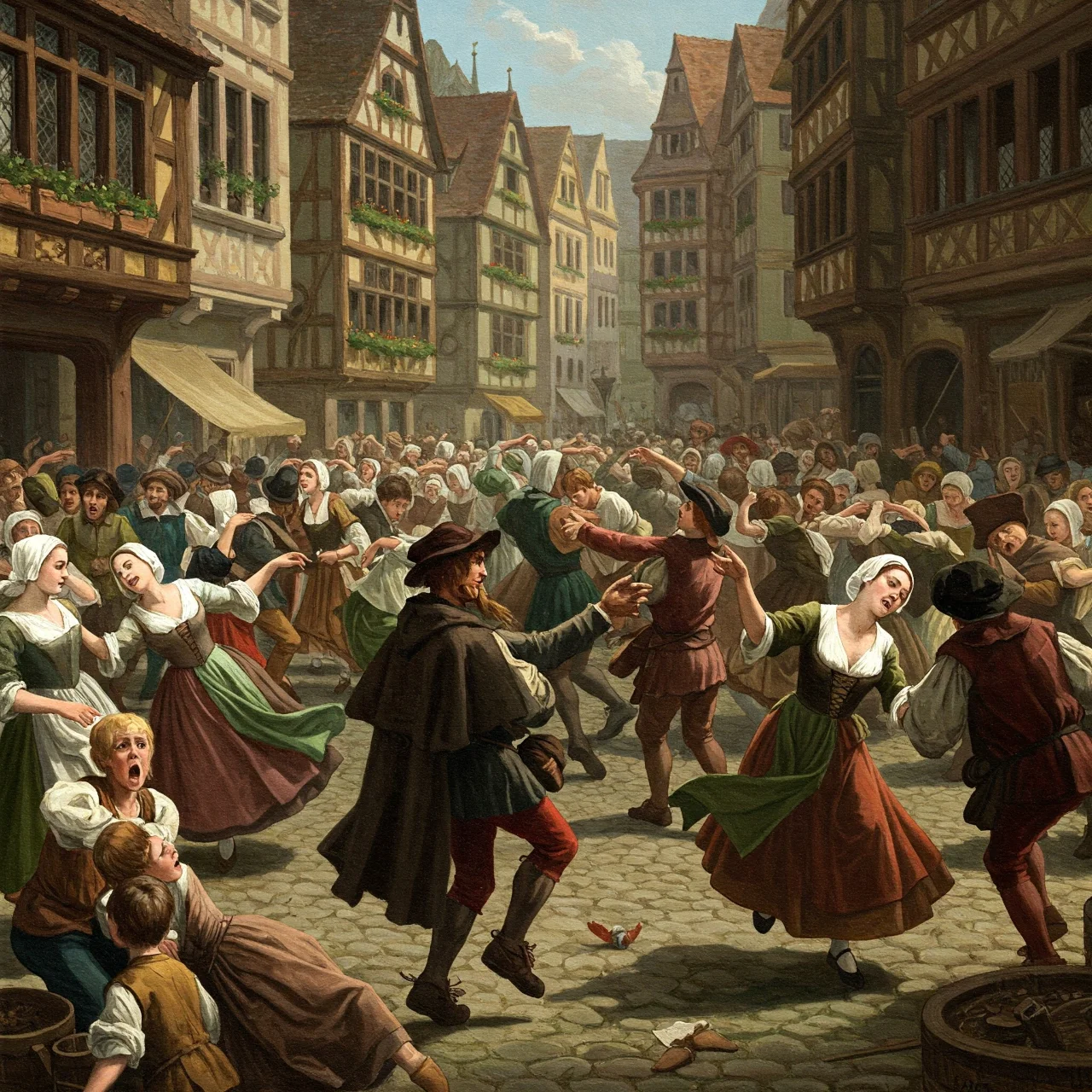
In Strasbourg, France, in 1518, a woman began dancing uncontrollably in the street. Within weeks, hundreds joined her, dancing for days without rest, some even to death. The cause remains a mystery, with theories ranging from mass hysteria to ergot poisoning. A truly unsettling historical phenomenon.
Vikings Wore Makeup
Contrary to their fierce reputation, Viking men wore makeup! Archaeological evidence reveals they used kohl to accentuate their eyes, believing it warded off evil spirits and improved their attractiveness. It reveals a surprising emphasis on personal appearance within Viking culture.
Ancient Egyptian Doctors Specialized
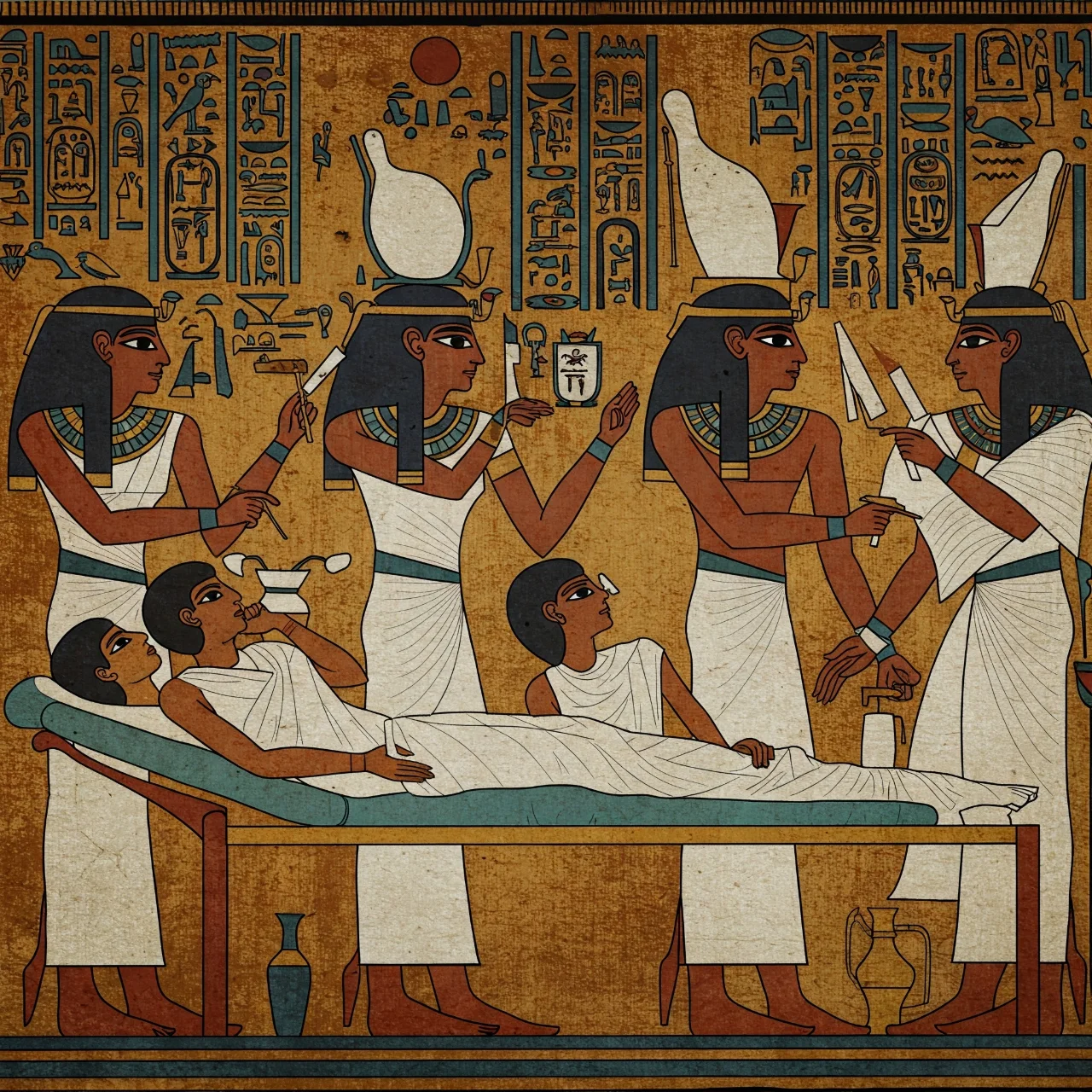
Ancient Egypt boasted specialized doctors centuries before the modern era. There were dentists, gastroenterologists, and even proctologists! The Ebers Papyrus, an ancient medical text, showcases their in-depth knowledge and practical treatments for a wide range of ailments. [Source: Smithsonian Magazine - https://www.smithsonianmag.com/history/ancient-egypt-doctors-specialized-180976190/]
The Brief Existence of the Republic of Salé
In the 17th century, the Moroccan city of Salé was briefly ruled by a pirate republic. This autonomous city-state became a haven for pirates and privateers, launching raids across the Mediterranean. It lasted only a few decades but demonstrated a fascinating instance of self-governance amongst outlaws.
Coffee Was Originally a Muslim Beverage
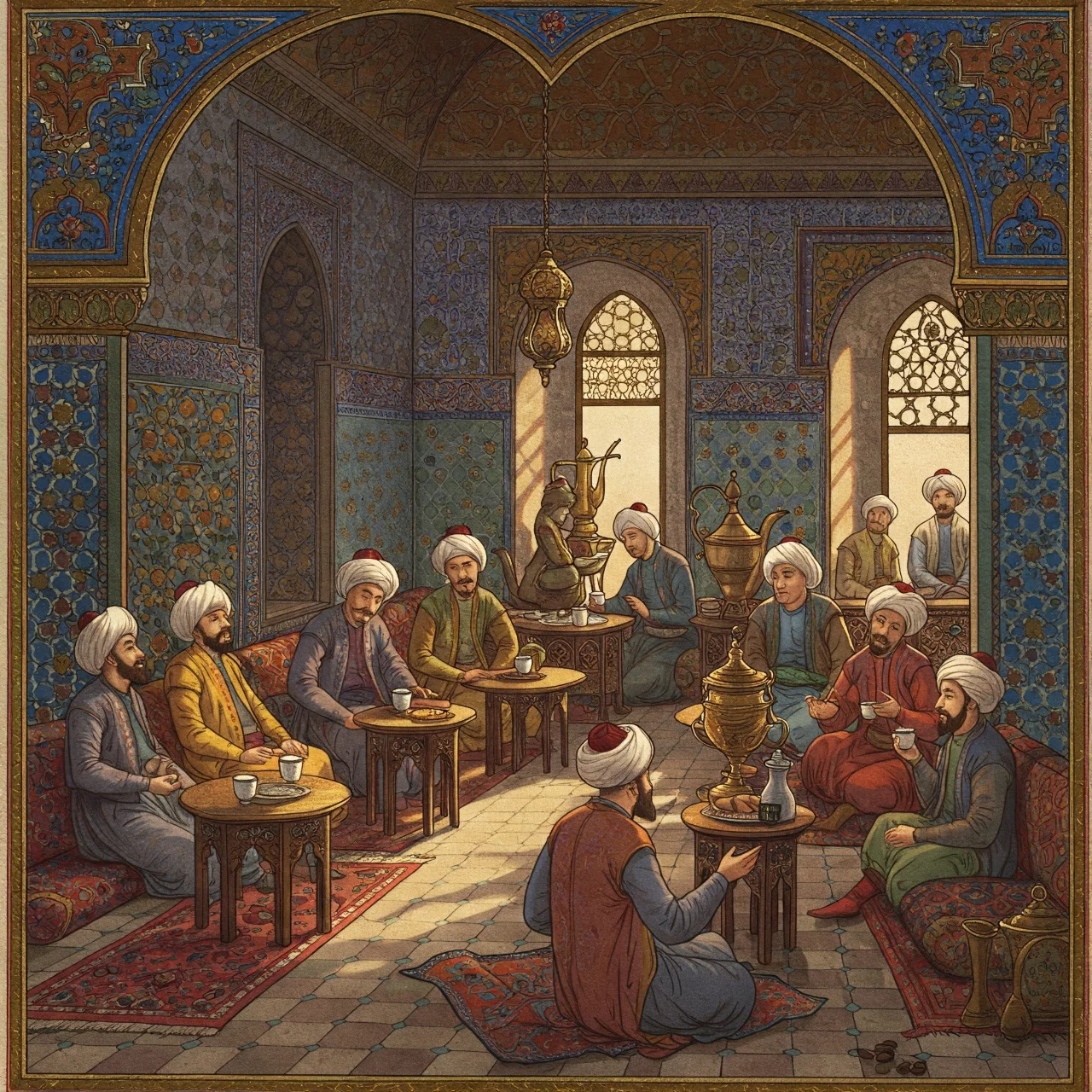
Coffee originates from Ethiopia but gained prominence in the Islamic world in the 15th century. Sufi monks used it to stay awake during religious rituals. It became a social drink in coffee houses, known as 'schools of the wise' before spreading to Europe. A surprising history of a modern staple.
The ‘Year Without a Summer’ (1816)
The 1816 eruption of Mount Tambora in Indonesia caused a 'Year Without a Summer' worldwide. The volcanic ash blocked sunlight, leading to crop failures, famine, and widespread hardship. This event inspired Mary Shelley to write *Frankenstein* due to the gloomy, oppressive atmosphere.
Napoleon Was Allergic to Cats
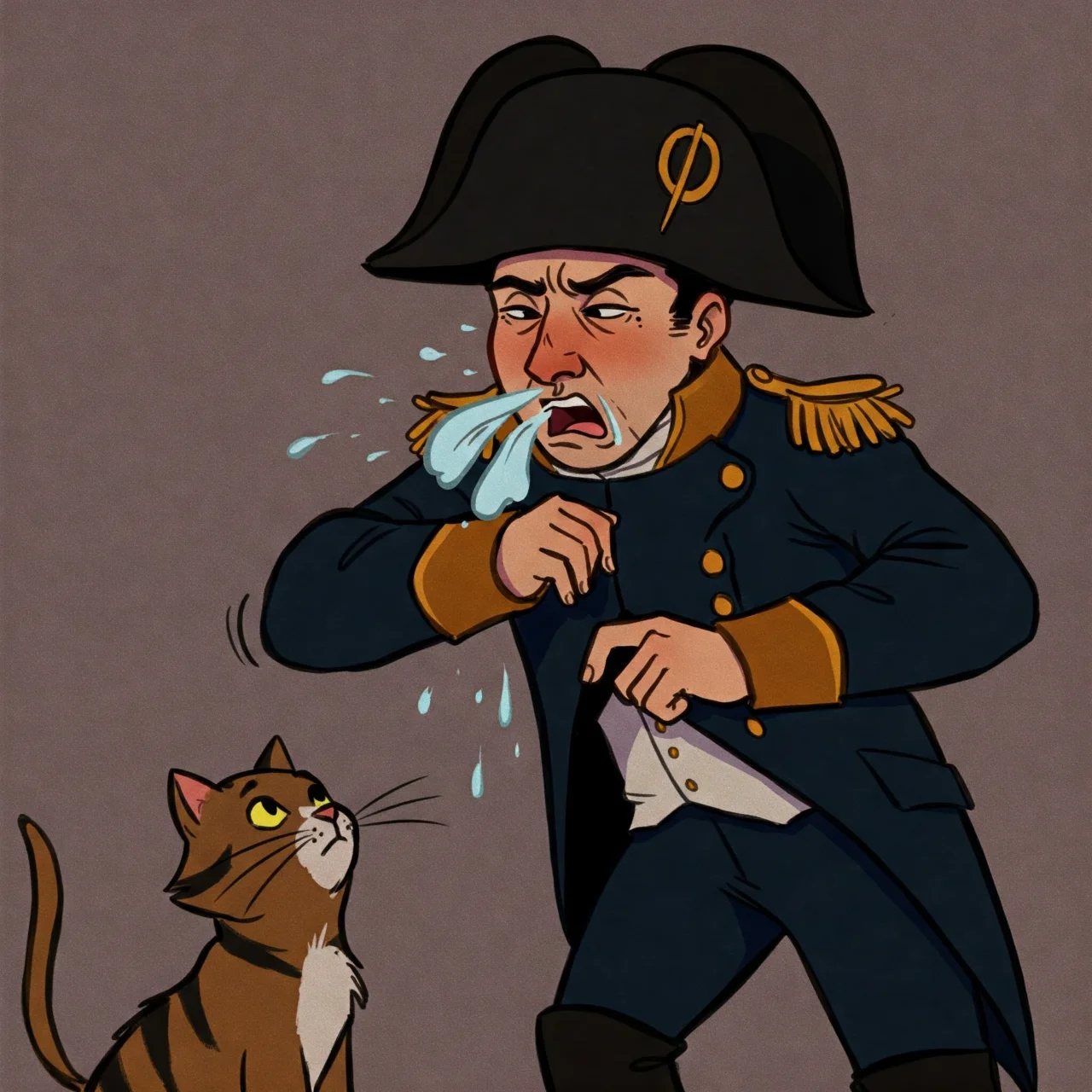
Despite portraying an image of unflappable confidence, Napoleon Bonaparte suffered from ailurophobia – a fear of cats. His allergy caused severe sneezing fits and discomfort. This unexpected vulnerability offers a more humanized glimpse of the famous emperor.
The First Computer Programmer Was a Woman
Ada Lovelace, an English mathematician, is considered the first computer programmer. In the 1840s, she wrote an algorithm intended to be processed by Charles Babbage's Analytical Engine. Her notes are recognized as containing the first algorithm designed for implementation on a machine.
The Toilet Paper Shortage of 1973

A national panic over toilet paper gripped the United States in 1973. A television interview with a paper company executive vaguely mentioning a potential shortage sparked widespread hoarding. It became a prime example of how easily public fear can create a self-fulfilling prophecy.
The London Beer Flood (1814)
In 1814, a massive vat of porter beer burst at the Meux & Co. brewery in London. The resulting wave of beer flooded the streets, killing eight people and damaging numerous homes. A bizarre and tragic accident that demonstrates the scale of early industrial brewing.
Ancient Greece Had Public Urinals
Ancient Greece had public urinals called ‘apodesmiaterion’. These were often situated near marketplaces and theatres, allowing men to relieve themselves without disrupting public life. A practical, if unsanitary by modern standards, solution to public sanitation.
Finland Once Had a Bear as a President

Technically, Finland didn’t elect a bear as president, but in 1956, a bear named Urho was nominated as a joke candidate during a presidential election. He received several hundred votes demonstrating public dissatisfaction with the existing candidates (the gesture was symbolic).
The Lost Colony of Roanoke’s Mystery
The disappearance of the Roanoke Colony in 1587 remains one of America's greatest mysteries. When a supply ship returned three years later, the colony was deserted, with only the word ‘CROATOAN’ carved into a post. The fate of the colonists is still debated today.
Coca-Cola Originally Contained Cocaine
The original recipe for Coca-Cola, created in 1886, included cocaine derived from the coca leaf. It was marketed as a medicinal tonic and 'brain tonic'. The cocaine was removed from the formula in the early 20th century, but early advertising downplayed its inclusion. [Source: History.com - https://www.history.com/news/coca-cola-cocaine]
The Invention of the Traffic Light Was Inspired by Railroads
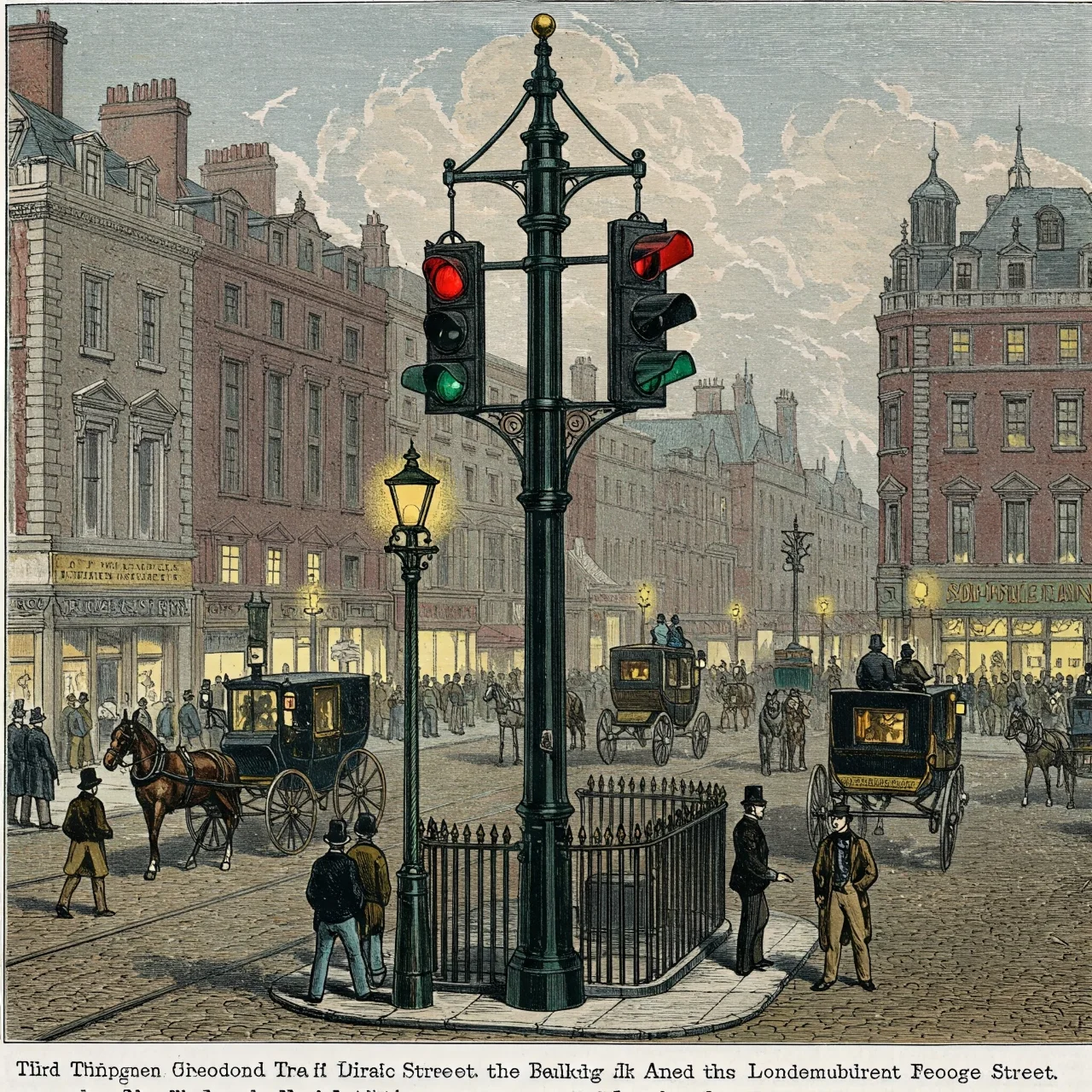
The first traffic light, installed in London in 1868, wasn't for cars – it was for horse-drawn carriages and pedestrians. Its design was inspired by railway signaling systems, using red and green gas lamps. It tragically exploded less than a month after installation, but paved the way for modern traffic control.
Marie Curie’s Notebooks Are Still Radioactive
Marie Curie’s notebooks from the late 19th and early 20th centuries are still highly radioactive due to contamination from polonium and radium. They are stored in lead-lined boxes and require protective clothing to handle. A remarkable testament to her groundbreaking work.
The Pony Express Only Lasted 18 Months

The Pony Express, a legendary mail delivery service, operated for just 18 months (1860-1861). It was rendered obsolete by the completion of the transcontinental telegraph line. Despite its short lifespan, it became a symbol of the American West and its resilience.
The Dutch Tulip Mania (1634-1637)
The Dutch Tulip Mania was one of history’s first recorded speculative bubbles. Tulip bulb prices soared to extraordinary levels before collapsing dramatically in 1637, ruining many investors. It is often cited as an example of irrational market behavior.
Ancient Egyptians Slept on Headrests
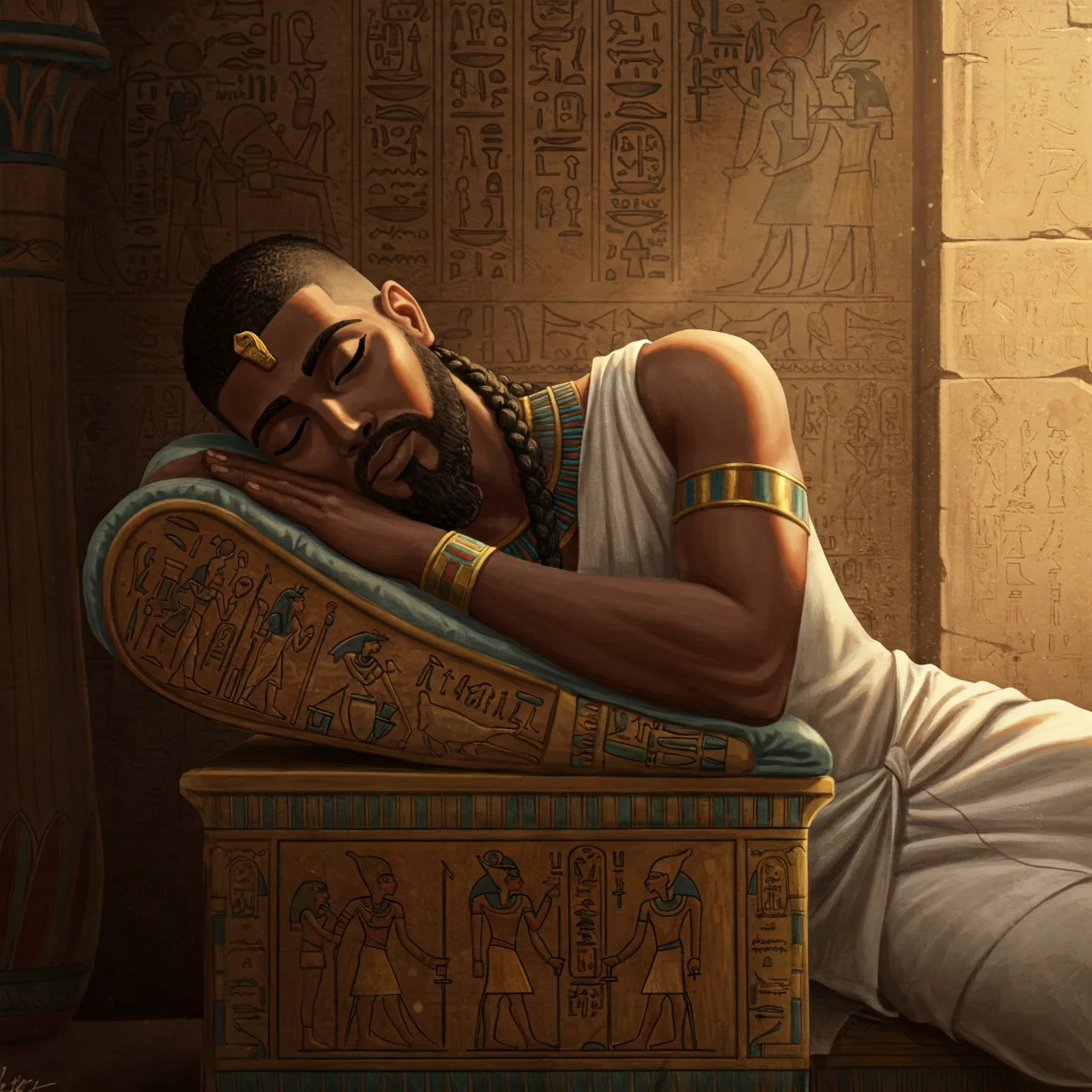
Ancient Egyptians didn't use pillows! Instead, they slept on elaborately carved headrests made of wood or stone. These headrests were believed to elevate the head and prevent insects from crawling into the nose and mouth. A unique insight into ancient Egyptian hygiene.
The Great Molasses Flood (1919)
In Boston, 1919, a massive storage tank containing molasses burst, unleashing a wave of sticky liquid that traveled at 35 mph. The 'Great Molasses Flood' killed 21 people and injured 150. A bizarre and tragic industrial accident.
Abraham Lincoln Was a Licensed Bartender
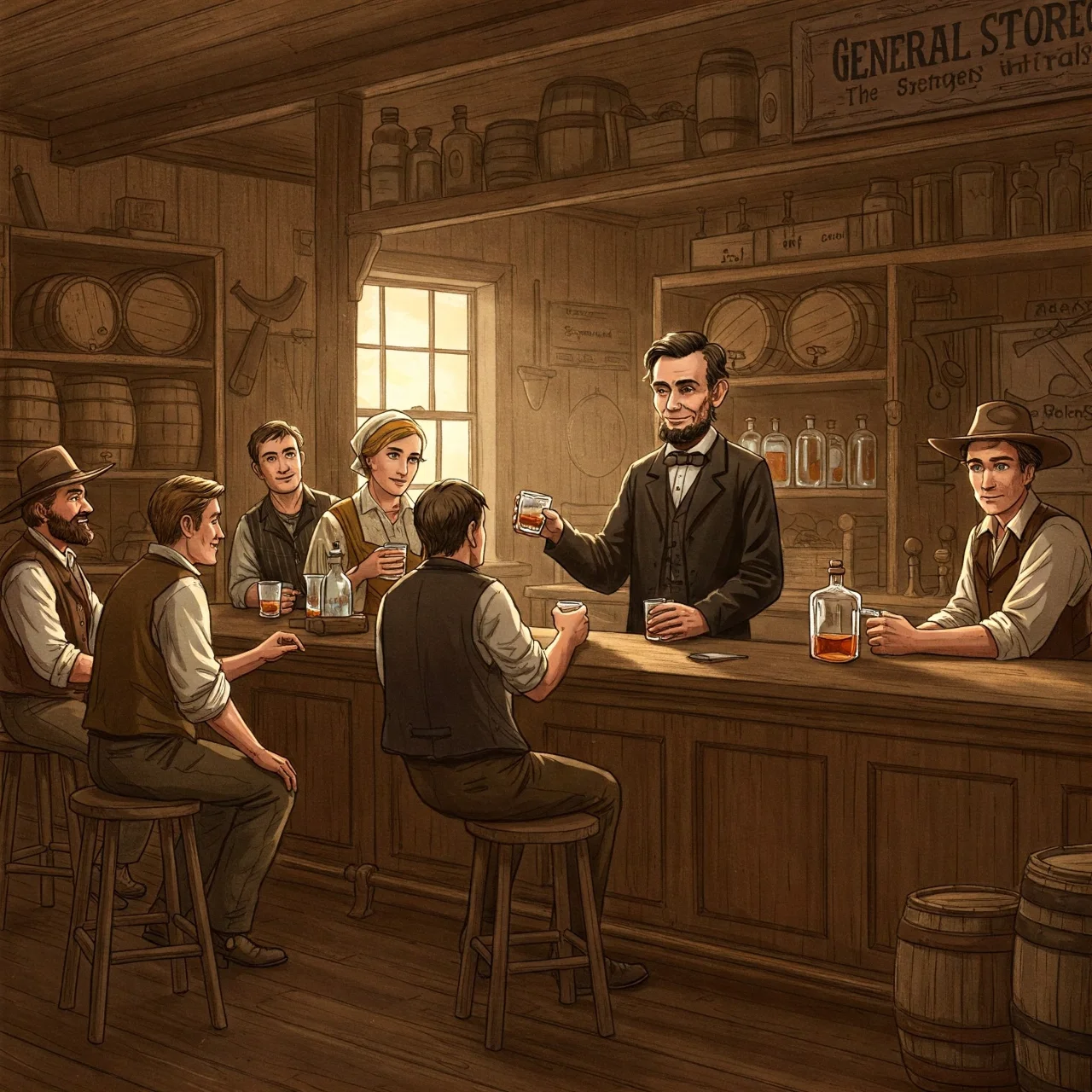
Before becoming president, Abraham Lincoln co-owned a general store in New Salem, Illinois, which included a tavern. He obtained a license to sell alcohol and served as a bartender for a period. An unexpected facet of Lincoln's early life.
The Library of Alexandria Burned Repeatedly
The Library of Alexandria, a renowned center of learning, didn't burn down in one catastrophic event. It suffered multiple fires and destruction over centuries, dating from the Roman era to the Arab conquest. The loss represents an immeasurable setback for knowledge.
The shortest war in history lasted just 38 minutes
The Anglo-Zanzibar War of 1896 is considered the shortest war in recorded history. It lasted approximately 38 minutes, resulting in a decisive British victory. The conflict arose from a dispute over the succession to the Sultanate of Zanzibar.
The Titanic’s Wireless Operators Were Heroes
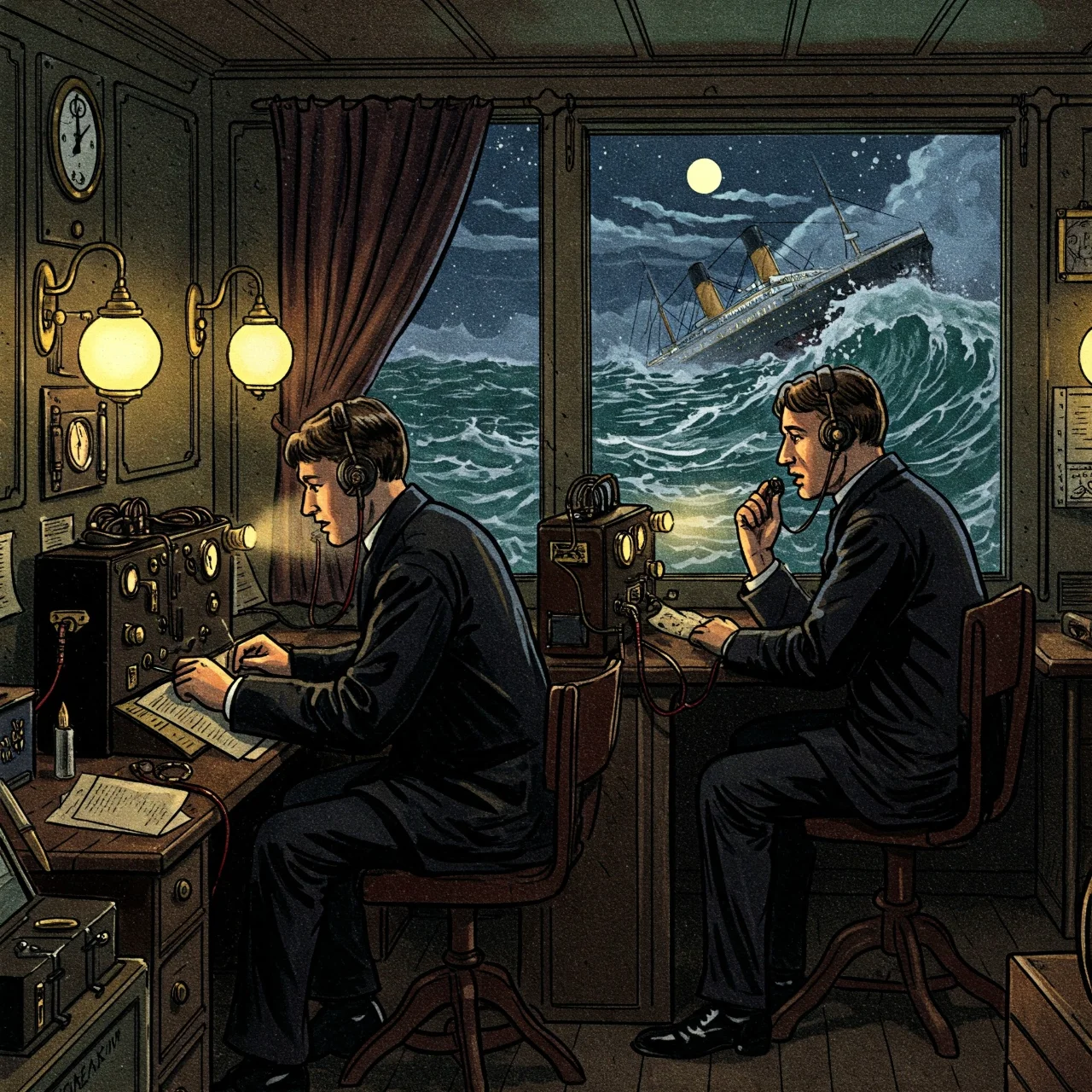
Despite the ship sinking, the Titanic's wireless operators Jack Phillips and Harold Bride, continued to send distress signals and messages from passengers until the very end. Their dedication to duty saved many lives. They worked tirelessly until the power failed.
Cleopatra Lived Closer to the Invention of the iPhone Than to the Building of the Great Pyramid
This is a perspective-shifting fact! Cleopatra lived from 69-30 BC, while the Great Pyramid of Giza was completed around 2560 BC. The iPhone was invented in 2007 AD. This highlights the vastness of historical time scales.
The Ottoman Empire Lasted Longer Than the United States Has Existed
The Ottoman Empire, founded in 1299, lasted for over 600 years. The United States, in comparison, declared independence in 1776. This highlights the relative youth of the modern United States on the world historical stage.
Comments
Loading comments...